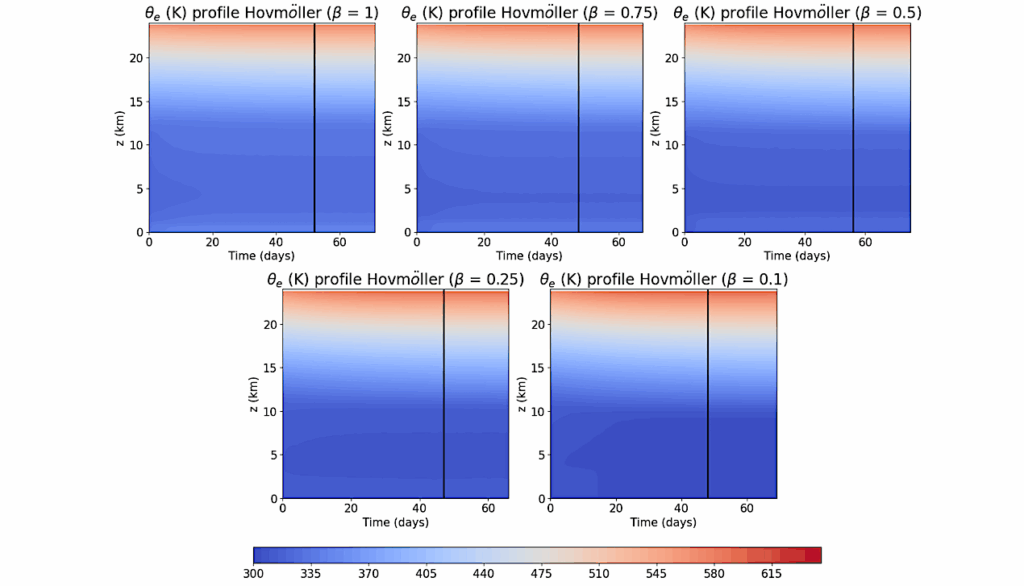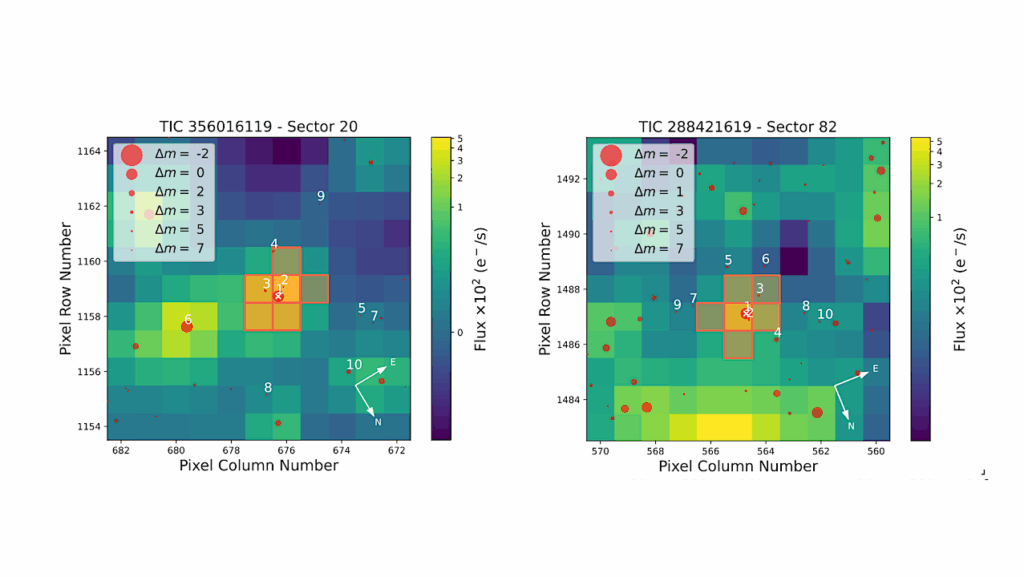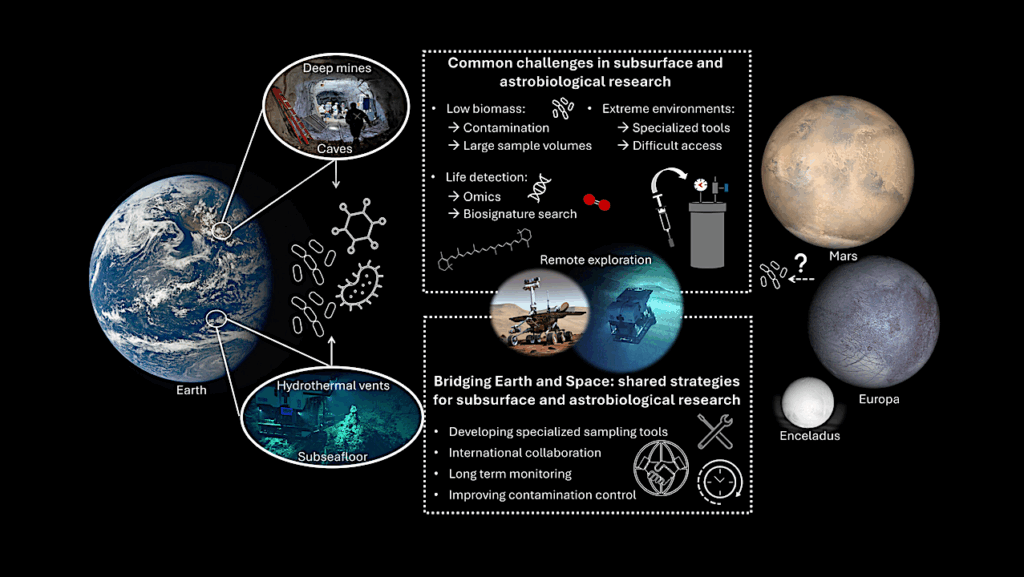How does Background Air Pressure Influence The Inner Edge Of The Habitable Zone for Tidally Locked Planets in a 3D View?

We examine the effect of varying background N2 surface pressure (labelled as pN2) on the inner edge of the habitable zone for 1:1 tidally locked planets around M dwarfs, using the three-dimensional (3D) atmospheric general circulation model (AGCM) ExoCAM. In our experiments, the rotation period is fixed when varying the stellar flux, in order to more clearly isolate the role of pN2.
We find that the stellar flux threshold for the runaway greenhouse is a non-monotonous function of pN2. This is due to the competing effects of five processes: pressure broadening, heat capacity, lapse rate, relative humidity, and clouds. These competing processes increase the complexity in predicting the location of the inner edge of the habitable zone.
For a slow rotation orbit of 60 Earth days, the critical stellar flux for the runaway greenhouse onset is 1700–1750, 1900–1950, and 1750–1800 W m−2 under 0.25, 1.0, and 4.0 bar of pN2, respectively, suggesting that the magnitude of the effect of pN2 is within ~13%. For a rapid rotation orbit, the effect of varying pN2 on the inner edge is smaller, within a range of ~7%. Moreover, we show that Rayleigh scattering effect as varying pN2 is unimportant for the inner edge due to the masking effect of cloud scattering and to the strong shortwave absorption by water vapor under hot climates. Future work using AGCMs having different cloud and convection schemes and cloud-resolving models having explicit cloud and convection are required to revise this problem.
Yixiao Zhang, Jun Yang
Comments: 14 Pages, 4 Figures, accepted for publication in ApJL
Subjects: Earth and Planetary Astrophysics (astro-ph.EP)
DOI: 10.3847/2041-8213/abb87f
Cite as: arXiv:2010.01466 [astro-ph.EP] (or arXiv:2010.01466v1 [astro-ph.EP] for this version)
Submission history
From: Yixiao Zhang
[v1] Sun, 4 Oct 2020 02:23:20 UTC (2,781 KB)
https://arxiv.org/abs/2010.01466
Astrobiology








